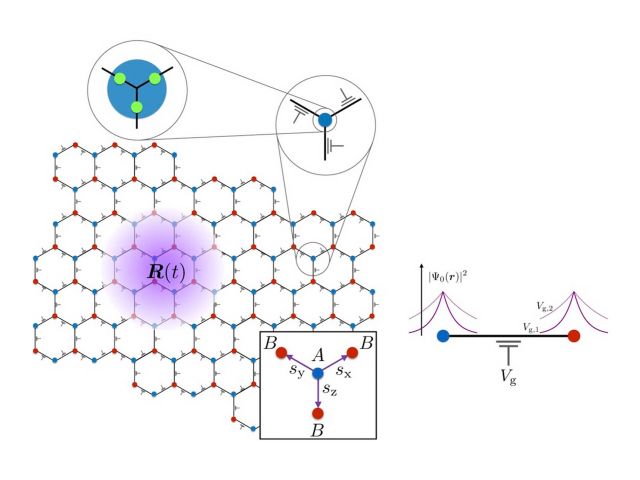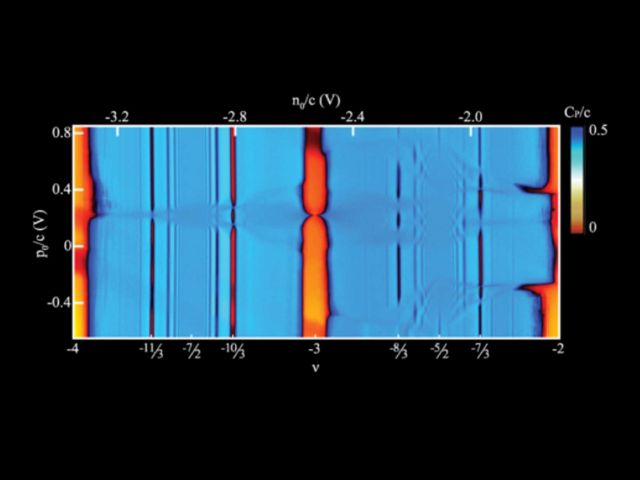Hybrid devices hosting material interfaces provide both new functionality and enhanced control through reduced dimensionality. Interfacial systems are among the most promising for realizing Majorana and parafermion zero modes, a key element for realizing intrinsically fault-tolerant topological quantum computing. Topological quantum computing is reliant on braiding these non-Abelian anyons and both the braiding and discovery of these modes requires the development of pristine and highly tailored materials and interfaces. Thrust II assembles integrated expertise focused on realizing topological states by interfacing different classes of materials systems, for example semiconductors with superconductors, superconductors with magnetic systems, and 2D semimetals such as graphene with both other van der Waals materials and with materials grown by molecular beam epitaxy.
This thrust is focused on the discovery and production of pristine one dimensional (nanowire) and two-dimensional hybrid interfaces capable of generating non-Abelian anyons for QIS. Growth, fabrication and characterization techniques developed will exponentially enlarge the set of building blocks for non-Abelian states of matter and to provide a national resource for obtaining these materials. Core materials developed in Thrust 1 will also be leveraged in this effort for interface creation. To perfect and control these interfaces and the emergent states for QIS, MBE-grown III-V and IV-VI semiconductors will be grown and epitaxially interfaced with a variety of superconductors. Combining this with the flexibility of vdW assembly and twistronics opens paths to robust and exotic topological phases. Thrust 2 brings together previously independent tracks of materials development, integrating MBE material from different chambers and with van der Waals systems through a vacuum suitcase network connecting foundry instruments.



